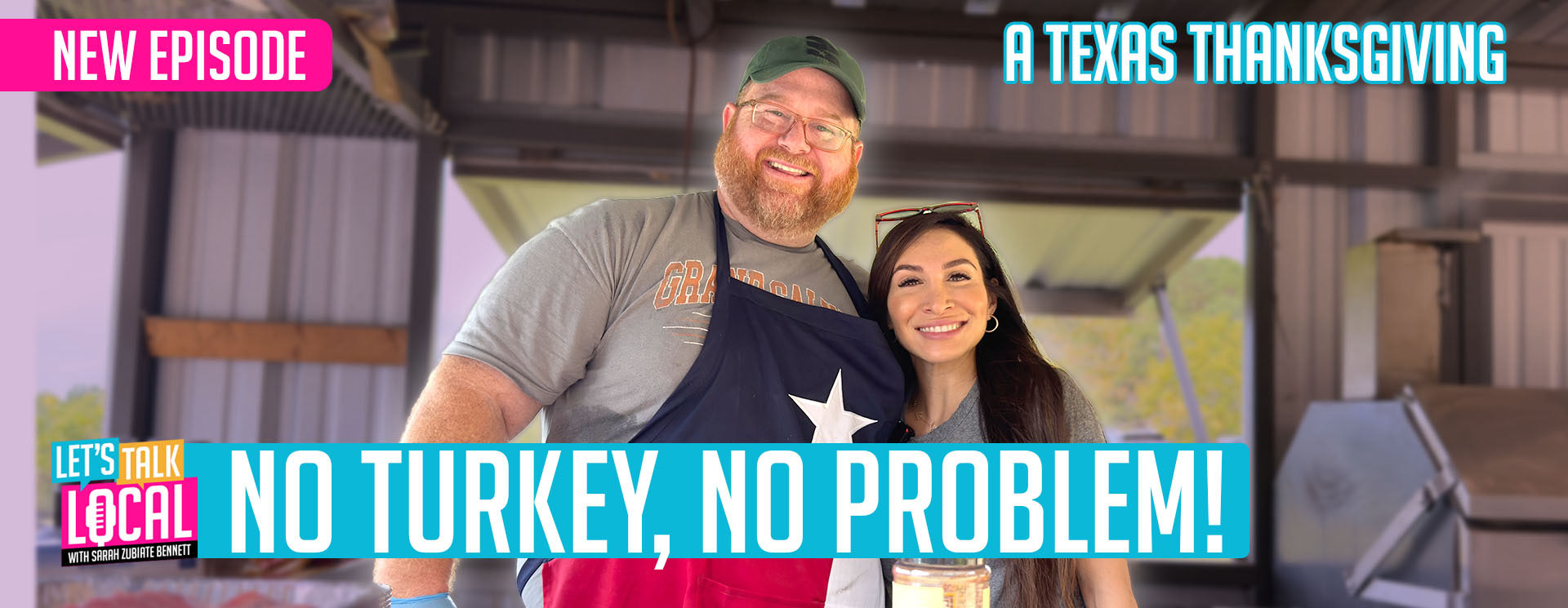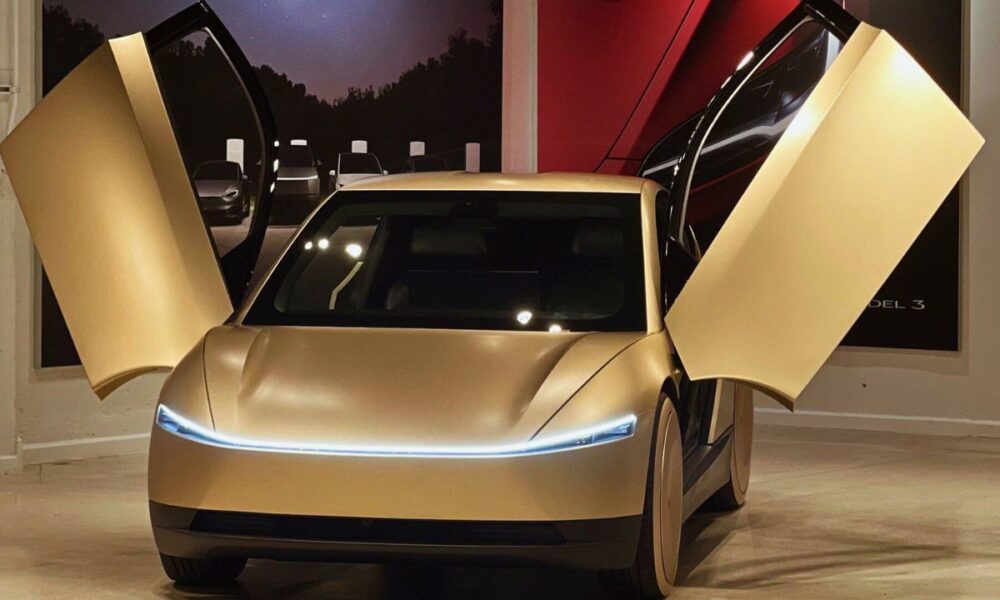Tesla has officially unveiled its long-promised autonomous taxi, the “Cybercab,” at the VivaTech 2025 conference in Paris.
The sleek two-seater is designed exclusively for “Robotaxi” usage and lacks a steering wheel and pedals. This is definitely a significant departure from traditional taxis and a bold statement in Tesla’s push toward fully autonomous fleets.
Mass production of the new Cybercab is allegedly scheduled for 2026.
But even as Tesla dazzles crowds overseas, serious safety questions at home continue to cloud the company’s Robotaxi rollout.
Despite CEO Elon Musk’s claims that the future is nearly here, the initial deployment of Tesla’s driverless ride-hailing service won’t feature the high-tech Cybercab just yet.
Instead, the first public trials, tentatively scheduled for June 22, will use modified Model Ys operating under new self-driving software. According to reports, the program is currently restricted to Tesla employees in Austin, with operations “geo-fenced” within city limits.
Musk, known for his ambitious timelines, acknowledged this week that the June 22 date could shift.
“Tentatively, June 22. We are being super paranoid about safety, so the date could shift. First Tesla that drives itself from factory end of line all the way to a customer house is June 28,” The Tesla CEO posted to X earlier this week.
Further inflaming concerns, a third-party safety test conducted Thursday by The Dawn Project in Austin allegedly revealed some troubling results, per Bizjournals. Arthur Maltin, the organization’s project coordinator, said that Tesla’s Full Self-Driving (FSD) system does not appear to recognize or respond to school bus stop signs, a maneuver that is obviously a big legal requirement.
According to the organization, a Tesla vehicle operating in FSD mode failed to stop for a school bus stop sign six times in a row.
The car barreled past at full speed, striking child-sized mannequins set up to simulate schoolchildren crossing the road. The test was meant to highlight a critical flaw: Tesla’s system doesn’t recognize school bus signals, according to those testers.
Tesla has previously insisted that its “Robotaxi” fleet will run on a different software than the current “FSD” version. However, the company has not clarified in great detail how the two systems differ to the public.
Still, Musk remains headstrong.
In a recent interview with BusinessInsider, Musk predicted that Tesla could deploy around 1,000 Robotaxis in Austin in the coming months and suggested that over a million autonomous Teslas could be driving across America by late 2026.


